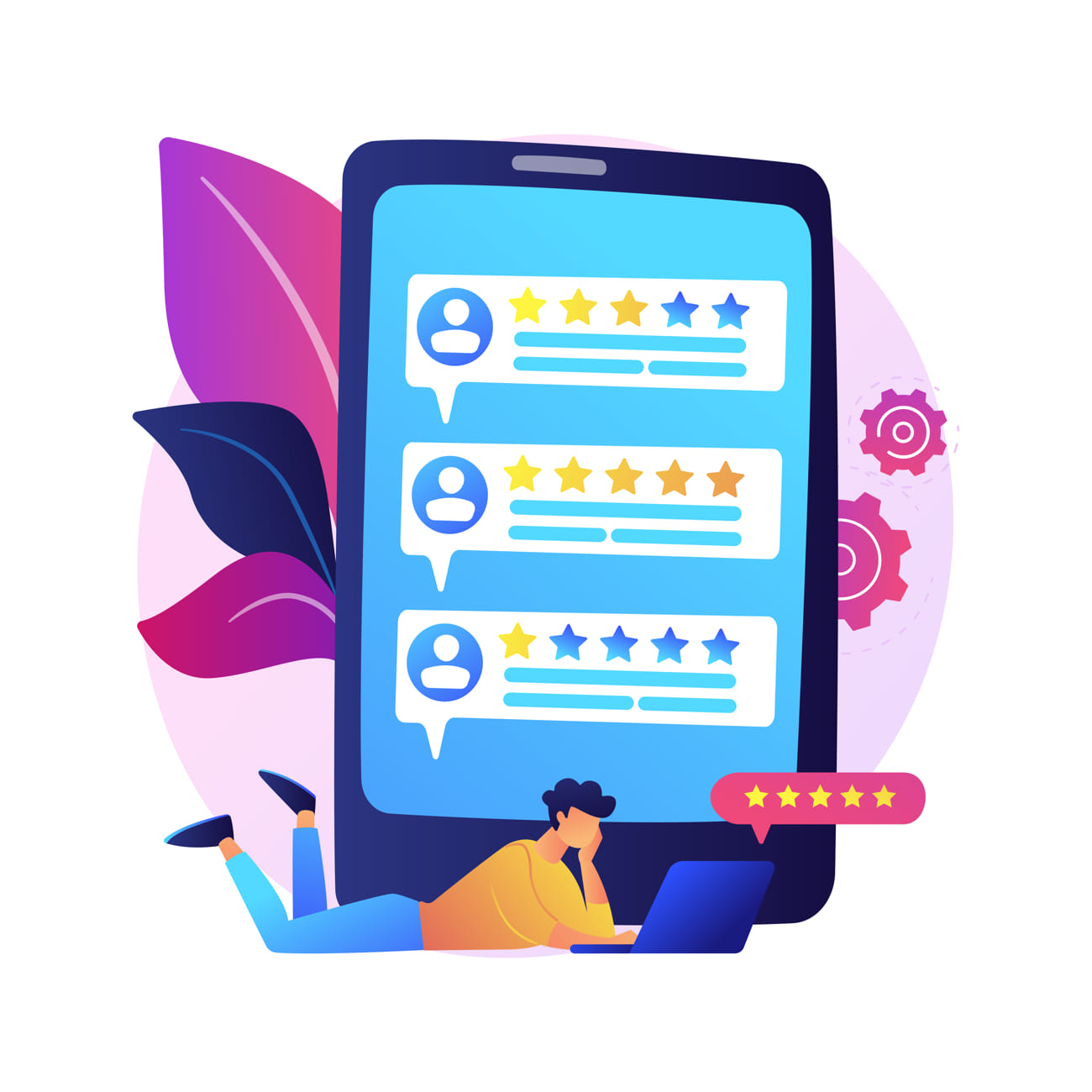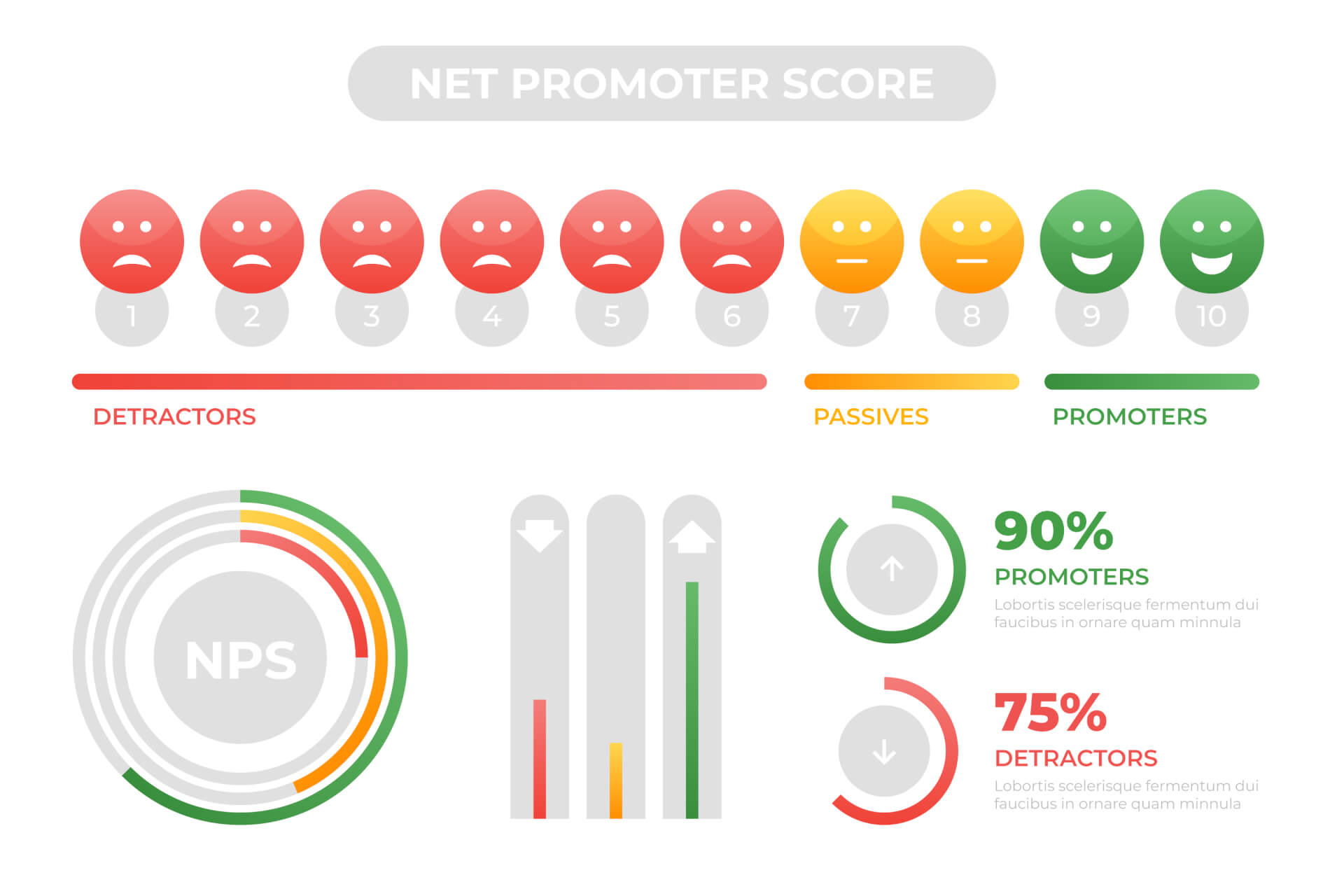You have probably already read a blog, online magazine or newspaper and have been asked for your feedback, even though you are not a customer of the provider, right?
Most of us connect customer feedback with feedback from existing customers. For many companies in the publishing industry, however, all readers are considered customers and by requesting feedback directly offers an opportunity to optimize the product or the news page and to learn more about the user experience.
If you've visited a website like this in the past few years, chances are you've come across at least one pop-up asking you to fill out a readers survey. Did you reply to it or did you close it again and read on? If you responded, did you have any valuable feedback for the provider?
Whether e-commerce companies, SaaS Services or Online Retailers offering physical products, customer feedback is always extremely valuable. But does the online newspapers' method of setting up surveys on the website and interviewing people before they become customers work? And if so, why? If not, why not? And is this method an efficient way to get meaningful feedback?
To answer that, you have to consider the advantages and disadvantages of surveying your visitors using the Net Promoter Score® and direct feedback. You will discover strengths, weaknesses and even acquisition opportunities
Customer loyalty is one aspect that increases your company's sales. Another aspect is the customer acquisition that takes place long before customer loyalty is established.
While NPS post-sale surveys can help you gain insight into how you can improve your onboarding process, increase your customer loyalty rate, and reduce churn, pre-sale surveys can help you discover weaknesses that are preventing people from even getting in become your customers.
By finding and closing these leaks, you can get more website visitors to sign up as test users, resulting in a greater flow of leads that eventually turn into paying customers.
This means your customer loyalty efforts, including the Net Promoter Score survey, will have a much bigger impact.
Adding a survey directly to the website has several advantages
 You will find out which aspects of the content and usability are keeping your website visitors from becoming paying customers. A short, easy-to-use survey gives you an extra layer of useful information that regular analysis cannot always provide. You can use it to reach a large number of leads and sales opportunities in an extremely short period of time.
You will find out which aspects of the content and usability are keeping your website visitors from becoming paying customers. A short, easy-to-use survey gives you an extra layer of useful information that regular analysis cannot always provide. You can use it to reach a large number of leads and sales opportunities in an extremely short period of time.
Having multiple products will help you determine which products customers are interested in and why others are not selling. This information can be extremely valuable to an e-commerce company.
You will get real feedback from your target customers at the time of purchase. NPS data collected after the sale is very valuable, but there's nothing like hearing why a visitor bought something (or didn't) at the time of making the decision.
Because you're surveying a much larger audience (visitors or paying customers), you'll get a more diverse, wide spread, and statistically significant sample of responses.
Finally, visitor surveys can be used as an effective lead generation tool. If a customer leaves their name and email address along with useful feedback, your team can act on their feedback and potentially rekindle interest and close the sale after all.
All of this data can give you valuable insights into why visitors are buying your product or service and are not - insights that can help you improve your conversion rate and attract more customers.
When should you survey your website visitors?
Depending on the nature of your business and the structure of your website, you may have several options for surveying your visitors:
- The first time visitors visit your website and read an article or blog post.
By surveying visitors at this point, you can find out what they were looking for when they found your website and provide insights into the quality of your on-page content. - After visitors sign up for your free trial.
At this point, these users are not yet paying customers, but they can provide useful feedback to optimize the visitor-to-user conversion rate and generate more leads. - When visitors cancel their purchase.
Around 68% of online customers abandon their shopping cart. Interviewing these users is a great way to discover the barriers that have led to their abandonment. With this feedback you can reach customers who have canceled their purchases via email and convince them of your products or services.
By monitoring via cookies, you can identify the people who have already visited your website several times but have not made a purchase, find out why these returning visitors become paying customers or free test users or not.
Best Practice for Delivering Website Surveys:
 Interview dedicated users. Engaged users are interested users because they are far more likely to provide meaningful feedback. Instead of surveying users as soon as they reach your website, wait a bit to allow them to look at your content and offers first.
Interview dedicated users. Engaged users are interested users because they are far more likely to provide meaningful feedback. Instead of surveying users as soon as they reach your website, wait a bit to allow them to look at your content and offers first.
Use a short, simple survey and think of the "KISS principle" where a short and simple survey will give you more answers than long, complicated surveys.
A short NPS survey on a scale of 0 to 10 always outperforms a long survey with more than 20 detailed and sometimes confusing questions.
Ask meaningful questions. The questions you ask affect the visitors' answers. Ask meaningful questions like:
"What stopped you buying?"
or
"What can we do to improve our product / service for you?"
Show gratitude. Take this opportunity to show your visitors that you care about their opinion. After completing the survey, say thank you. Then, get in touch with those who weren't happy with your product and convert them into paying customers.
Visitors bring valuable feedback, but are not paid customers
 Listening to the public is a great thing, but it is paying customers who ultimately provide the most valuable feedback on how you can improve your product.
Listening to the public is a great thing, but it is paying customers who ultimately provide the most valuable feedback on how you can improve your product.
Listen to the opinions of your website visitors and discover ways that can help you get more conversions and sales.
When you survey your customers, you can reach people who have made a contribution to your company in the form of a monthly or one-off payment. They are invested in the product and therefore the feedback they provide is usually more honest and direct.
However, when it comes to visitor surveys, the results are not always perfect. Visitors who don't like your product can leave their frustration out in the survey responses and give you a biased rating that makes things look worse than they really are from a visitor satisfaction perspective.
Surveying the visitors to your website has a small disadvantage. However, placing a visitor survey on your website remains one of the most effective ways to reach all users and ensure that every segment of your visitors gets an equal chance to respond to the survey.
We therefore recommend checking what both your website visitors and your customers are saying about your product or service. To make the survey process clearer, split your paying customers and visitors into two different customer satisfaction surveys or use segmented analysis after the campaign.
It's important to understand where visitor feedback fits in your priority list. You shouldn't prioritize it higher than feedback from a paying, long-term customer.
Survey your customers and calculate your Net Promoter Score
Callexa Feedback gives companies of all sizes the unique opportunity to automatically measure their Net Promoter Score, reducing churn rates, increasing sales and attracting happier, branded customers.
Register now for a free Callexa Feedback test version to survey your website visitors and improve your conversion rate.
 Reading recommendation: If this article helped you and you would like to find out more about the Net Promoter Score, continue reading here: “The Net Promoter Score – Basics and Areas of Application”
Reading recommendation: If this article helped you and you would like to find out more about the Net Promoter Score, continue reading here: “The Net Promoter Score – Basics and Areas of Application”